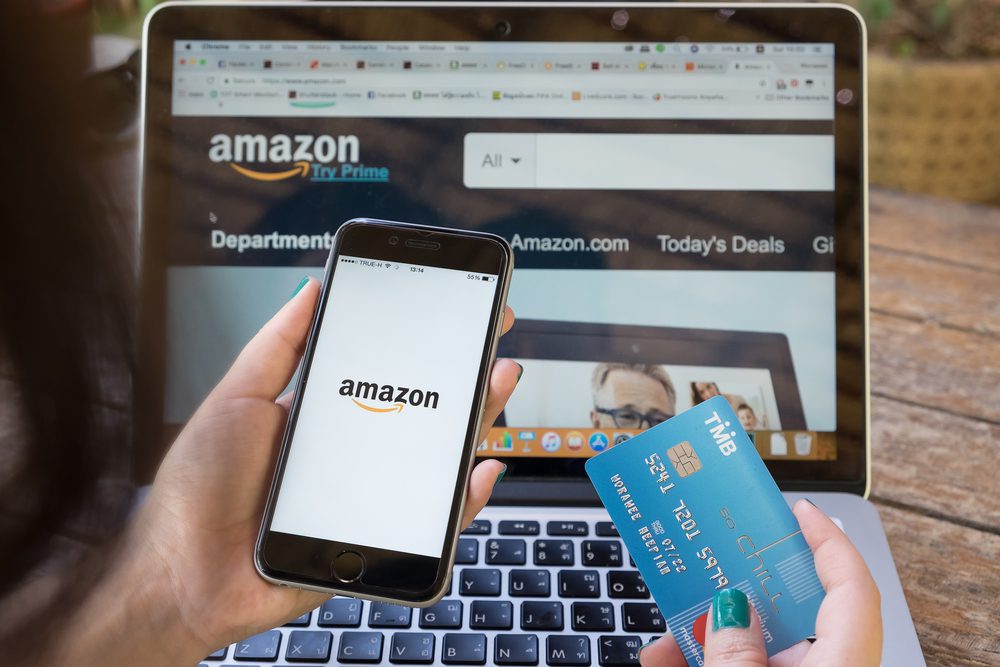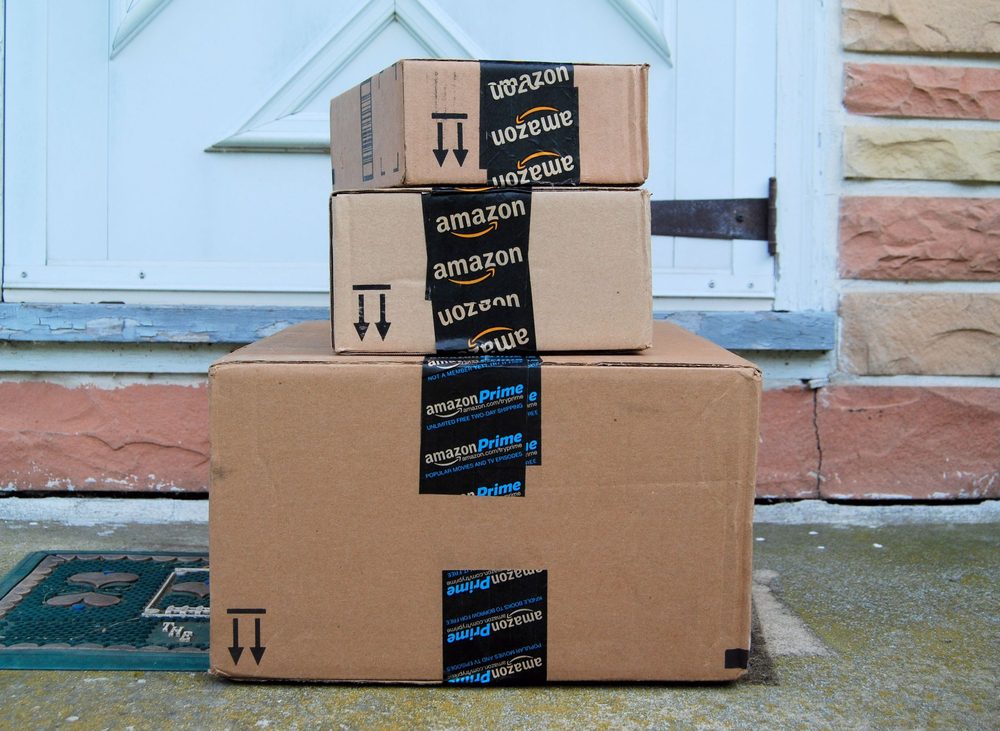
…How often do you shop from Amazon?
We think Amazon is one of the most significant retailers in the world, and to be honest, they’re one of the planet’s giants, which means that they have clients all over the world and really know how to make their customers happy.
They have incredible products for all types of budgets, but the downside is that there can be quite a few scammers out there. For instance, an Ohio man’s personal account was in jeopardy, so when Amazon “Security” called to warn him, he took immediate action. As directed by the caller, he created a new Amazon account and linked it to his bank details.










I am interested to know about this add